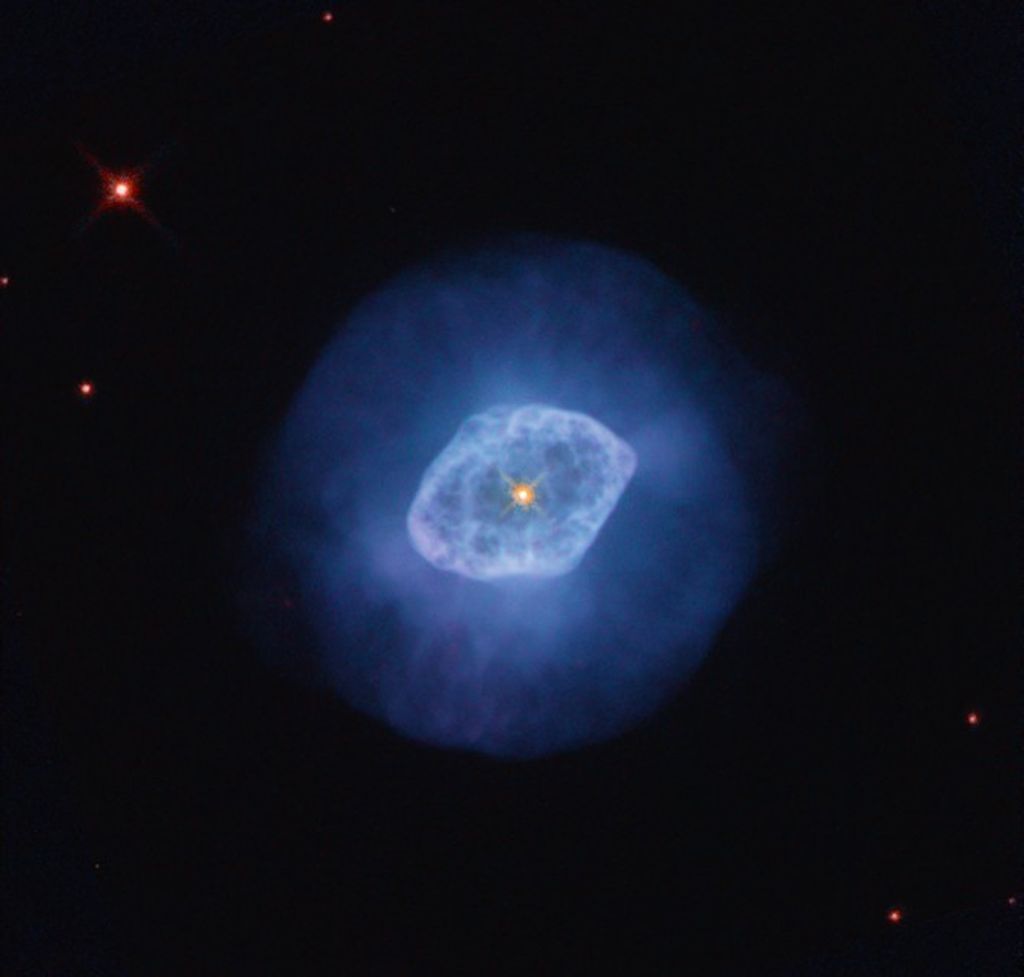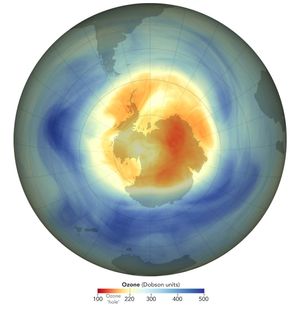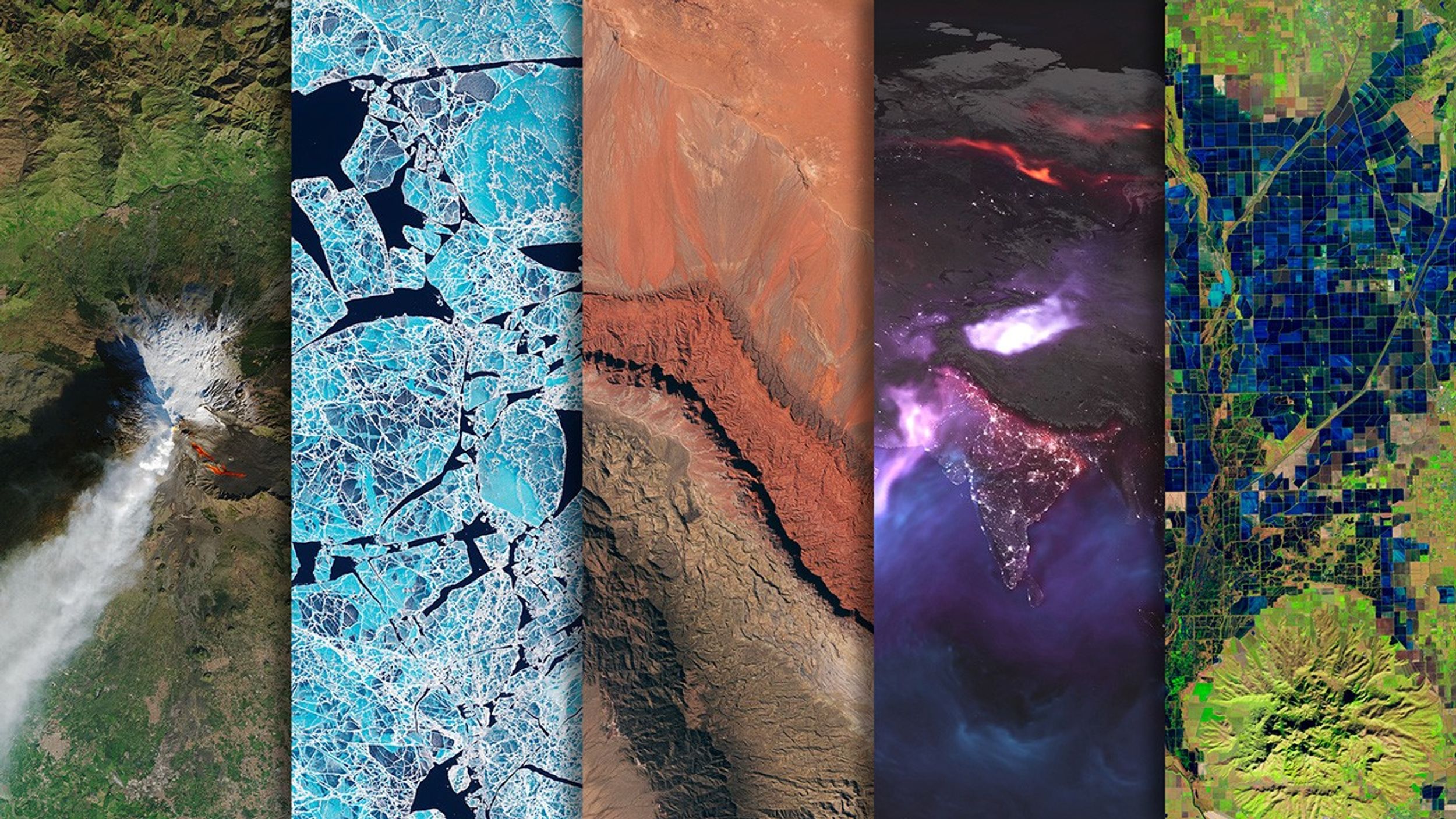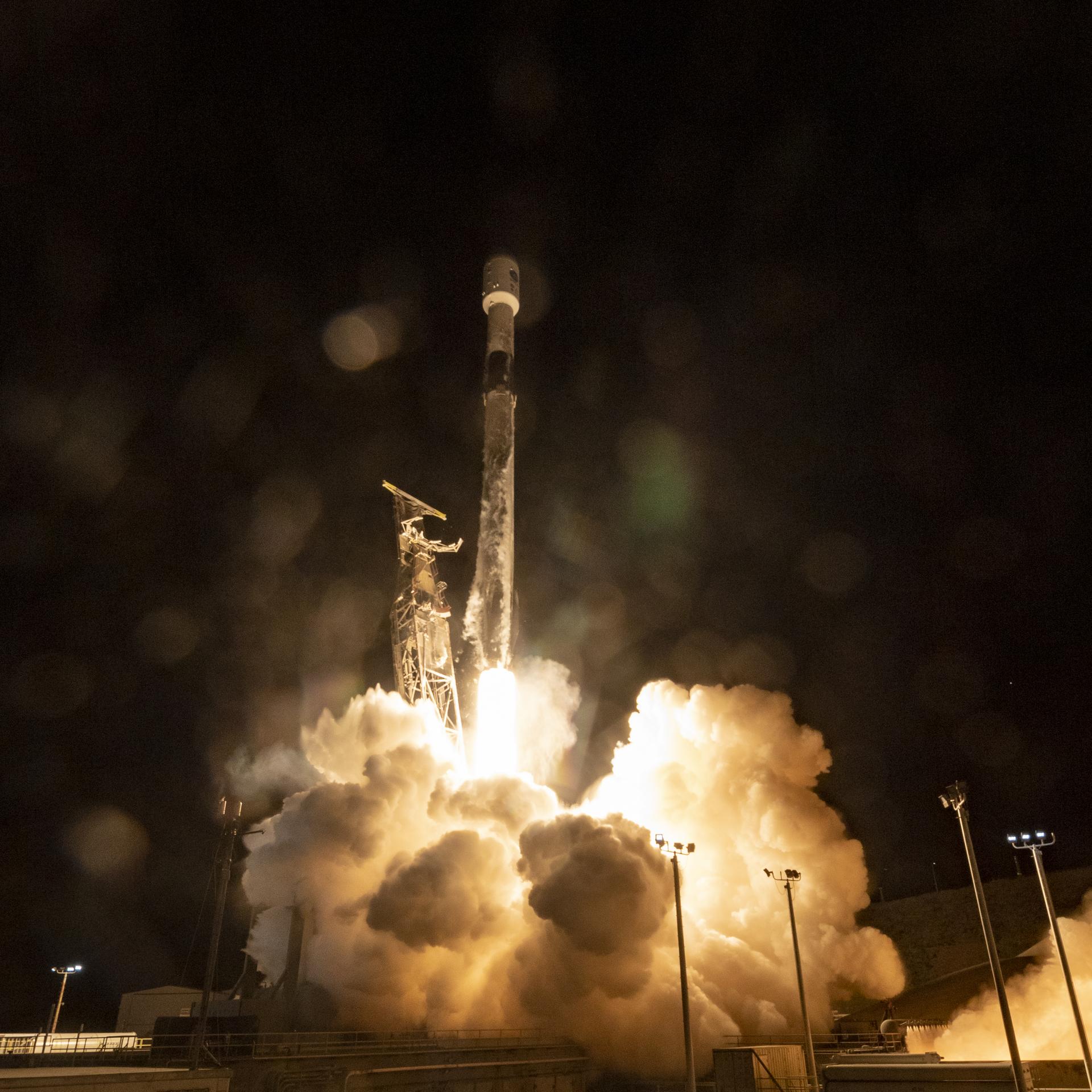In the 1980s, scientists began to realize that ozone-depleting chemicals, such as chlorofluorocarbon (CFCs), were creating a thin spot—a hole—in the ozone layer over Antarctica. Through an international effort to decrease the use of CFCs, the ozone layer is starting to mend, and scientists believe it should mostly recover by the middle of the 21st century. This series of satellite images shows the ozone hole on the day of its maximum depth from 1979 through 2018.
For more details about these images, read the full story: World of Change: Antarctic Ozone Hole
NASA Earth Observatory video producer: Kasha Patel. Images and animations by: Joshua Stevens, NASA Scientific Visualization Studio, NASA Ozone Watch. Music: www.bensound.com

































